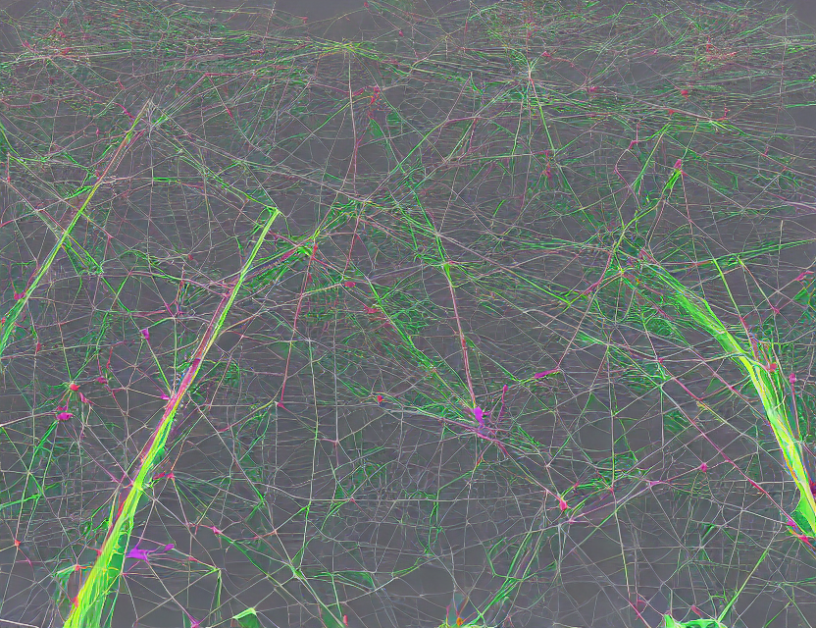🌈️ Scene reconstruction is the process of creating a detailed digital representation of a real-world scene, like a city or a building. But, it’s not always easy to do this with high fidelity, especially when dealing with large scenes. 🏙️ In this article, we’ll explore some innovative methods that offer promising results in reconstructing large-scale scenes with intricate details.
🌐️ One challenge is the sheer size of these scenes, which can lead to high memory and VRAM usage. To overcome this, some researchers have proposed using a hybrid voxel-triplane representation, which is both efficient and detailed. However, this method has its limitations when it comes to scaling up to larger scenes. 💻 To solve this problem, the authors propose dividing the scene into smaller blocks, ensuring an even distribution of details in all directions. This approach helps make sure the reconstruction is accurate and detailed, even when dealing with large areas.
📊 Another innovative method discussed in the article is NeRF++, which analyzes and improves neural radiance fields. This technique offers a more even distribution of scene details, making it ideal for large-scale scenes. 🔍️ Additionally, the authors explore the concept of mixture of experts for learning scene composition with NeRF. This approach allows for more accurate reconstruction and better handling of complex scenes.
🌈️ In summary, these advancements in scene reconstruction offer promising results in creating detailed and accurate digital representations of large-scale scenes. By dividing the scene into smaller blocks and using innovative techniques like NeRF++, we can overcome the challenges of high memory usage and ensure even distribution of details. With these developments, it’s possible to recreate complex scenes with a level of detail that was previously unimaginable. 🌐️
Computer Science, Computer Vision and Pattern Recognition
Simplifying Neural Radiance Fields with Quantization



